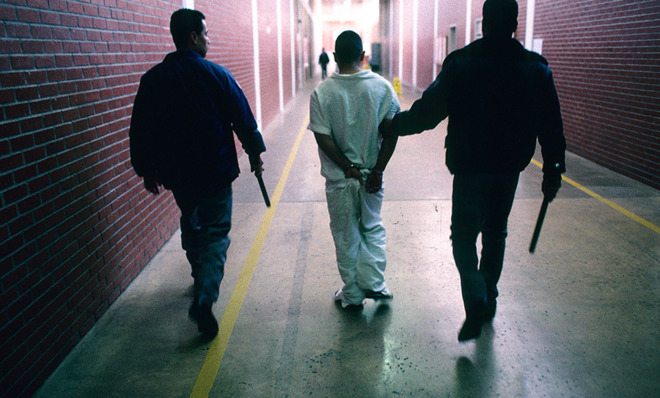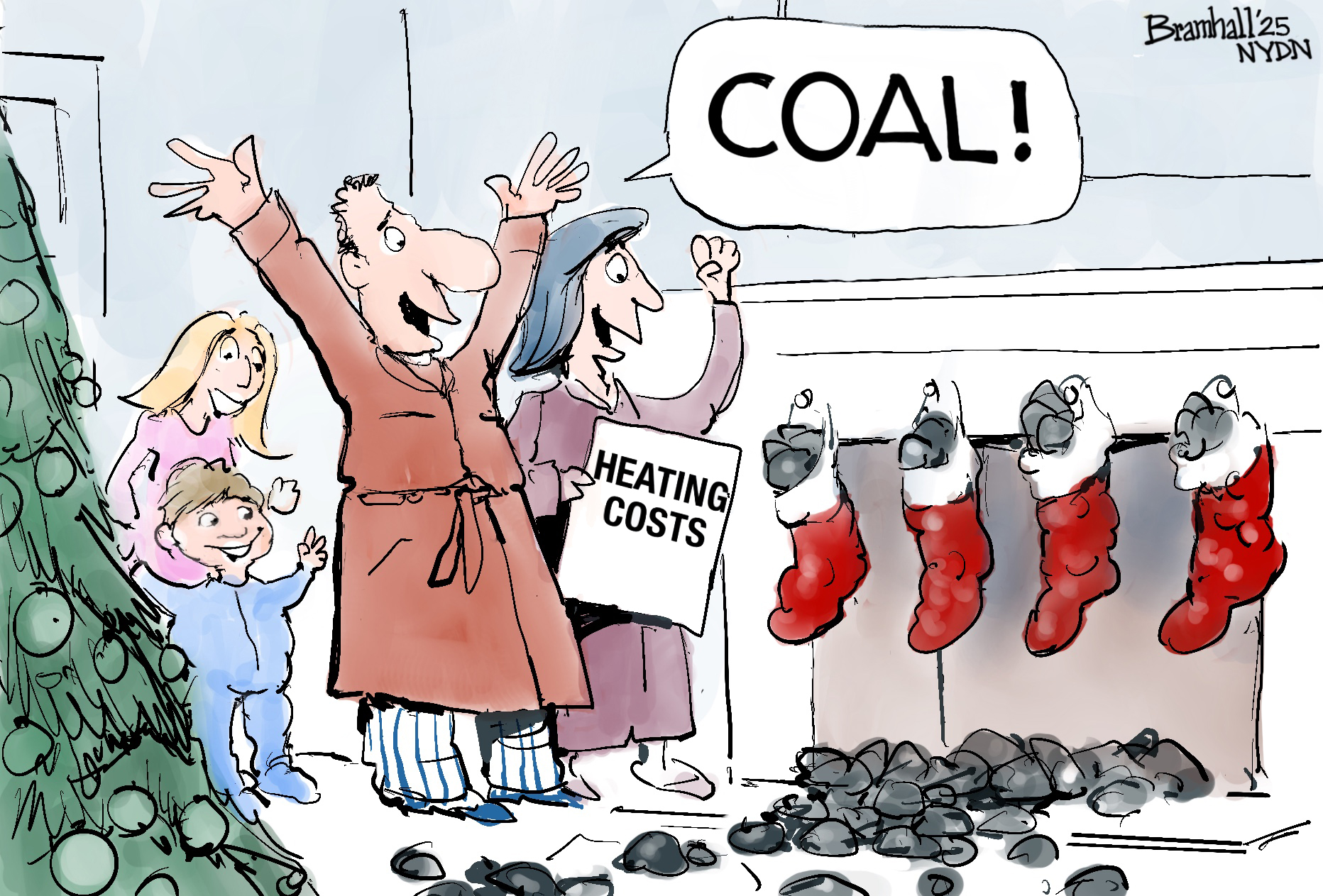The true cost of juvenile incarceration
Brace yourself for some sticker shock


In 2008, five years into a long and expensive conflict, economists Joseph Stiglitz and Laura Bilmes surprised even the Iraq War's critics with their estimation of its true cost. The calculations in their book The Three Trillion Dollar War factored in not only the typical expenditures for manpower and machinery, but more abstract aspects as well, such as the opportunity costs of the war, and the future spending that would be necessary for the care of wounded veterans and bereaved families.
Sometimes, in the midst of complicated policy discussions about complex problems, it takes a big number to make a big point.
That's what the Justice Policy Institute has done, too, with a report on what the organization says is "the full price tag" of juvenile incarceration. The title of the report is "Sticker Shock," for good reason: The group calculated that the average costs of the most expensive confinement option throughout the 46 states it surveyed is $407 a day, or $148,767 per year — per person.
The Week
Escape your echo chamber. Get the facts behind the news, plus analysis from multiple perspectives.

Sign up for The Week's Free Newsletters
From our morning news briefing to a weekly Good News Newsletter, get the best of The Week delivered directly to your inbox.
From our morning news briefing to a weekly Good News Newsletter, get the best of The Week delivered directly to your inbox.
"I'll just note that's about 10 times the cost of a K-12 public education, or tuition for a four-year public university in the U.S.," said the Justice Policy Institute's executive director Marc Schindler in a call with reporters on Tuesday.
There is a range, of course: The state that currently spends the least on youth incarceration is Louisiana ($46,662 a year per offender), and the state that spends the most is New York ($352,663 a year per offender). "In New York City, the cost of juvenile detention is $620 [per day]," said Marc Levin, director of the Center for Effective Justice at the Texas Public Policy Foundation. "You could stay at the fanciest hotels in the city for that."
But just like Stiglitz and Bilmes, the JPI's report also tries to tally the more abstract, long-term costs of current incarceration rates. So it adds up the lost earnings and tax revenue from the offenders' lost employment time, the cost of the public assistance that incarcerated youths are more likely to get, and the tax dollars that will go to re-processing and re-incarcerating them — because of the proportionally greater likelihood that offenders will go to prison as adults if they have been incarcerated as kids. It also adds in an estimate of the medical expenses and legal awards that governments will have to pay when youths are sexually assaulted in their detention facilities.
This exhaustive reckoning of all of the costs (over and above the direct cost of incarceration, remember) yields an estimate of $8 billion to $21 billion spent each year.
A free daily email with the biggest news stories of the day – and the best features from TheWeek.com
As high as those figures are, the report argues, they could have been even higher, if not for the fact that juvenile incarceration rates have actually dropped by almost half in the past decade. "Between 2001 and 2011, youth incarceration declined by 45 percent," Schindler said. "We could have been looking at $14 billion to $39 billion."
On the other hand, those savings haven't necessarily been passed on to the taxpayers. As fewer kids have been locked up, the staff and the infrastructure of juvenile detention facilities have not been proportionally reduced to reflect that change.
"We have seen reductions in incarceration, which is great, but we have not seen those resources be re-invested sufficiently in communities," said David Muhammad, director of national justice programs at the National Council of Crime & Delinquency. "We can re-invest those resources into things that are much better, like in-home family counseling, academic support, mentoring, and other positive youth-development approaches, to build on the strengths and assets of young people — and not simply focus on their deficits, or the one act of delinquency in their life that forever marks them."
Those same "positive youth-development approaches" also happen to be much cheaper than incarceration. Community-based programs that keep kids closer to home and bring help directly to them can cost as little as $75 per day, according to Schindler and JPI's research.
In Chicago, for instance, an experiment one summer that that paid high school students from disadvantaged neighborhoods to work part-time and to go to therapy sessions part-time succeeded in reducing violent crime arrests among those students by 43 percent. The cost of that program: Illinois state minimum wage, $8.25 per hour per participant.
Money isn't the whole point. Not everything must be reduced to a cost-benefit analysis for a policy conversation to take place. If incarceration were expensive, but it worked, that would be one thing. But, as this report argues, it just doesn't. About 60 percent of juveniles currently incarcerated are in for non-violent offenses, but research has shown that incarceration itself can increase the probability that they will re-offend as adults.
Still, dollars and cents are always valuable additions to the decision-making process, about, in this case, how society should handle troubled youth; and so this report contributes the price tag "$8 billion to $21 billion" to that debate.
"If you hold up incarceration and look at the outcomes that we get from that," said JPI's Marc Schindler, "that would really be the least likely investment that you would like to make, as a policy maker, as a taxpayer, or as a parent."
Pacific Standard grapples with the nation's biggest issues by illuminating why we do what we do. For more on the science of society, sign up for its weekly email update or subscribe to its bimonthly print magazine.
More from Pacific Standard...
-
 Political cartoons for December 22
Political cartoons for December 22Cartoons Monday's political cartoons include energy bills, redacted files, and renaming the Washington monument
-
 Guess the Number: December 2025
Guess the Number: December 2025Puzzles The daily number puzzle from The Week
-
 Guess the Number: November 2025
Guess the Number: November 2025Puzzles The daily number puzzle from The Week